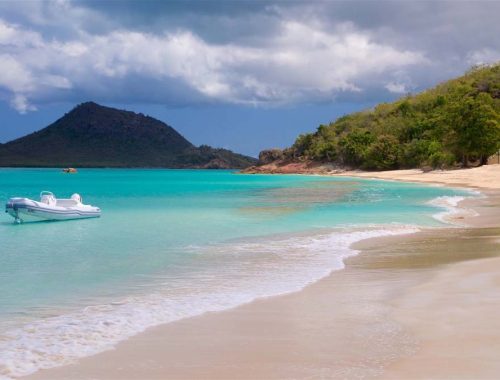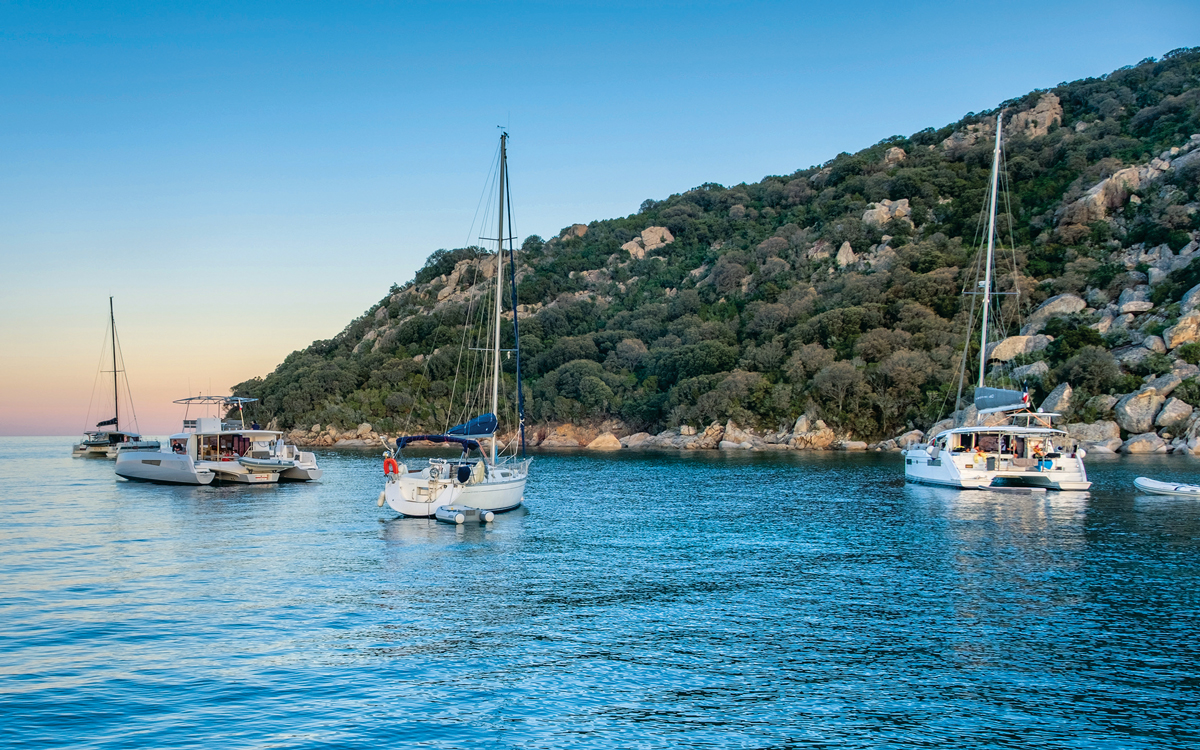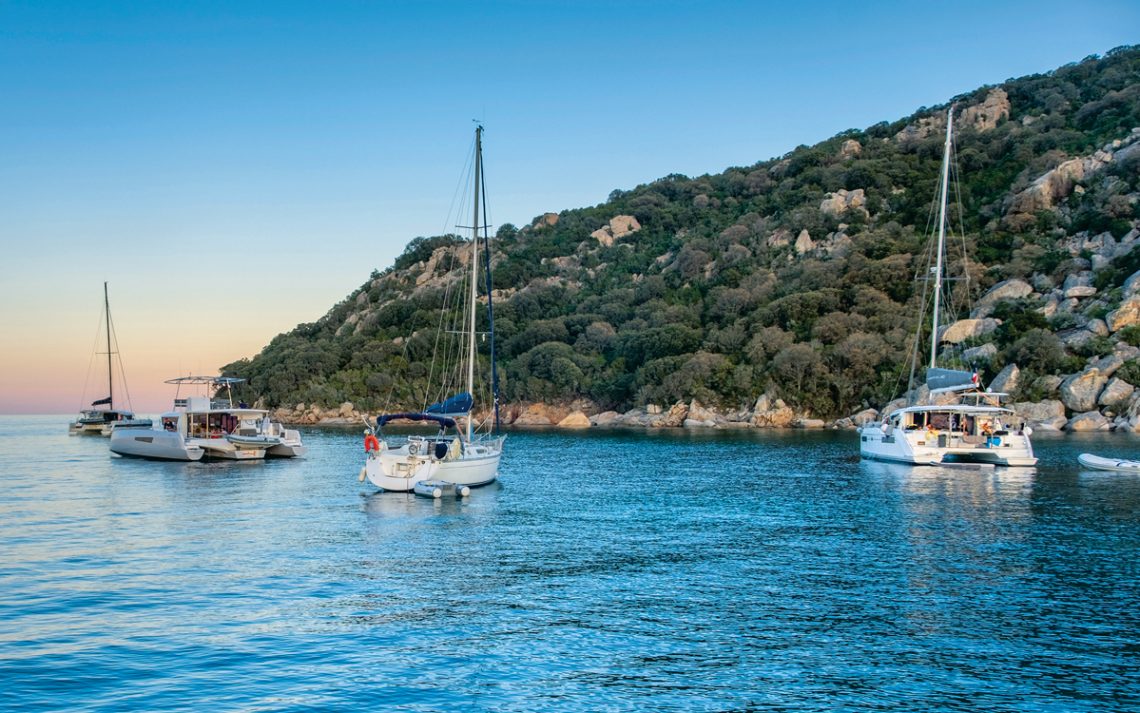
How to reduce the annoying roll during anchorages
How many times during your stay in the harbor have you tried desperately to figure out how to stop that non stop roll of the boat? This is quite a common situation: you are anchored in a beautiful bay and you could enjoy a wonderful day only if there was not that non-stop movement of the hull that drives you crazy. And if you are sleeping at anchor, or at least trying to, your dreams could turn into nightmares. Experienced skippers try their best over the years to avoid or at least minimize the roll of the boat at anchor. In this guide, we will go through some tips and tricks that make life a bit more comfortable while anchored. But we will also mention some of them that don’t work at all.
Essentially, to prevent or reduce rolling, three tricks can be adopted: you can go to another more sheltered anchorage, where the sea conditions are less demanding; you can turn the bow or stern of the boat towards the rough sea; or a roll damping system can be used. In any case, the best that can be done to improve comfort on board while at anchor is to understand what causes the boat to roll. So let’s first see what are the causes of the roll.
Discover the best boat rental offers
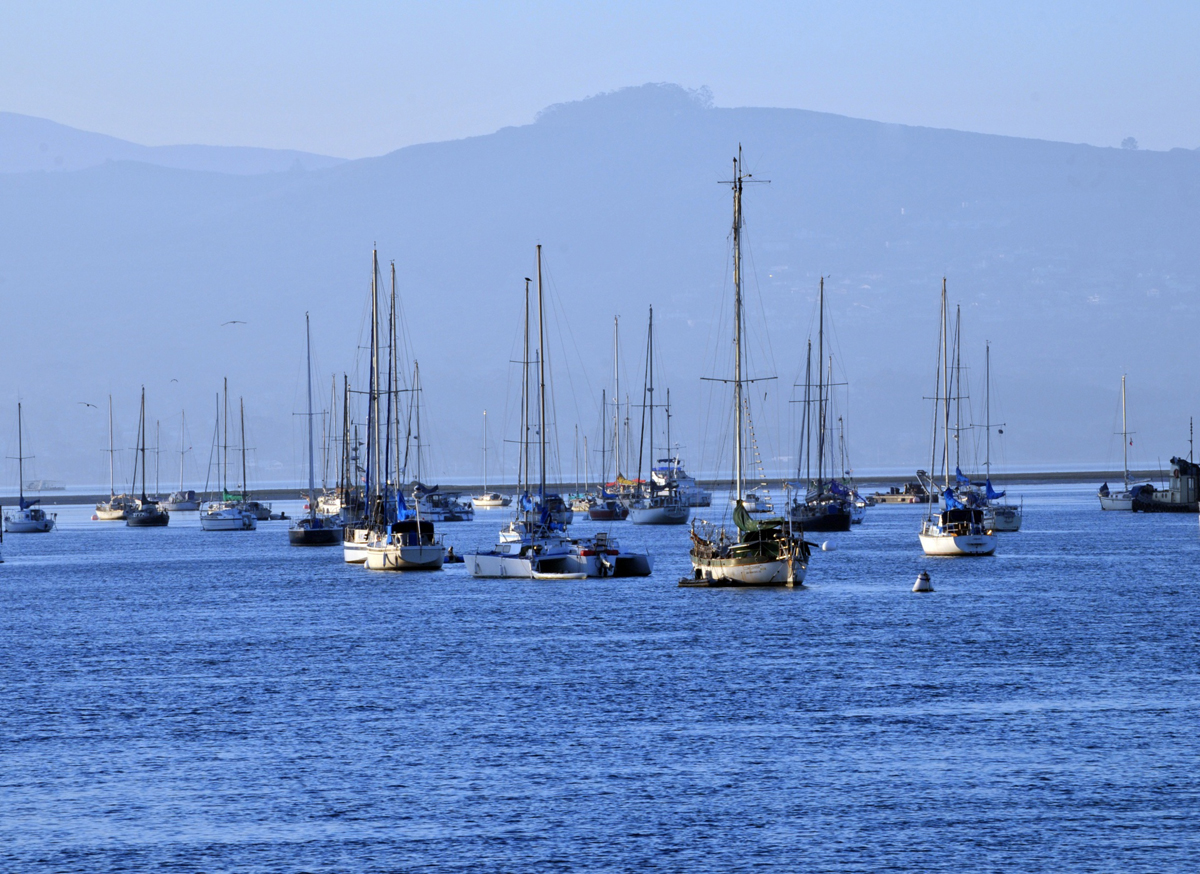
Know your enemy…
If you understand what causes the roll, then you are in a better position to solve it. Roll is a periodic rotation on an axis that runs the entire length of the boat. It is also one of the most annoying experiences you can have on board and causes a lot of tiredness, seasickness and anxiety for the whole crew. The consistency, and consequently the annoyance of the roll, depend on the characteristics of the wave motion and those of the boat. Roll occurs when the boat’s fore or stern is not aligned with the waves. The worst case is when the waves hit the hull sideways. In general, the greater the height of the waves and the shorter the wavelength, the greater the roll angles. The frequency of the waves is also crucial. If the interval between two waves coincides with the boat’s roll period (the time it takes to complete a roll), they reach resonance and the roll is amplified.
Discover the best boat rental offers
The wave resonance, that ugly beast…
Resonance occurs because different waves essentially synchronize with the movement of the boat, always pushing the hull in the same direction the boat is moving. The natural frequency of most recreational boats is typically a few seconds. Hence, resonance usually occurs when two wave crests are within seconds of each other. For example, a wave frequency that is twice the frequency of the boat means that every other wave “helps” the wave motion. The wave frequency is not only important because of the resonance. Some frequencies of periodic motion are much more annoying to humans than others. The characteristics of the boat, such as displacement, ballast and hull shape, also make a huge difference in the amount of roll it experiences.
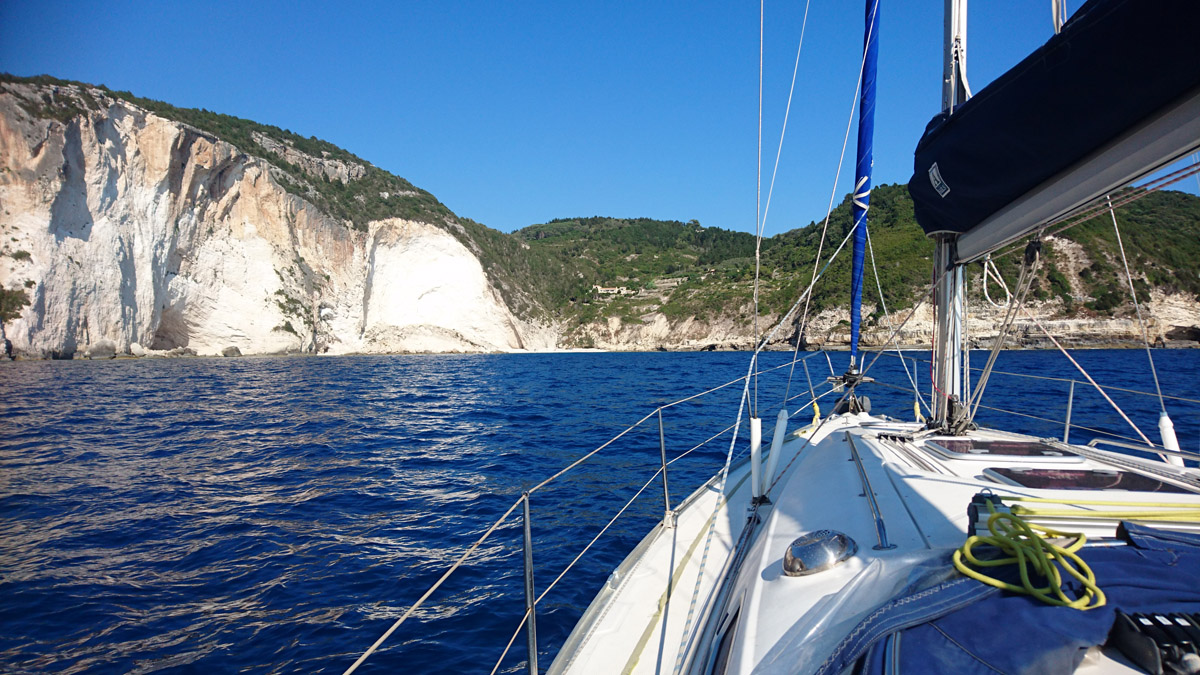
Understanding waves and wave motion
Understanding the waves is also important to prevent roll. Waves are produced by local wind (wind waves) or by storms far (tidal waves). Since the waves move long before they reach the coast, their direction does not depend on the local wind. This means that a boat at anchor can face the wind, but have the swell sideways.
Waves can also change direction as they approach the coast, a phenomenon known as “refraction”. For example, when waves approach a breakwater, they curl around it changing the angle of incidence. Since boats at anchor tend to face the wind naturally, refraction usually means that the refracted waves do not hit the bow and thus produce the roll. So, keep in mind that when looking for an anchor you need to not only evaluate the direction of the wave motion, but also the way how the waves will refract.
How to avoid the roll?
It may seem obvious, but the simplest and probably the most effective way to avoid rolling is usually to go to another anchor. Still, many people insist on staying in sea-facing and rough anchorages when it’s best to look for an alternative spot. Study the nautical charts and check if there are other bays nearby that might offer more comfortable conditions. If you find one, this may be your best bet. When looking for a comfortable anchor, there are a few things to consider. Firstly, is the anchorage well protected? Evaluate the current wind and wind forecast. How exposed would it be there if the wind or wave changes direction? Sometimes it’s hard to guess the best spot to anchor within a bay, as refraction and local wind can both be hard to guess if you’re not actually there.
If you can’t find a better place to anchor or if you can’t leave your current anchor, there are still a few things you can do to try and make life a little less miserable.
Discover the best boat rental offers
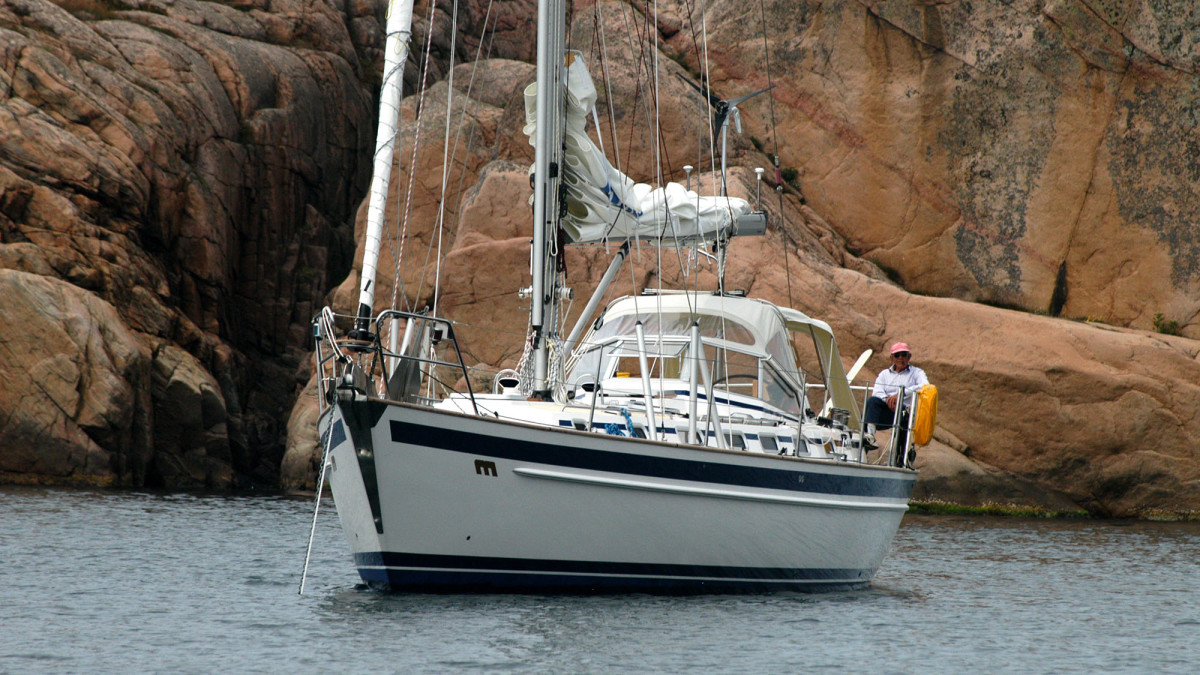
How to stop rolling of the boat?
Most sailboats are much more affected by roll than tilting. Since the roll is worse when the waves are on the side, it is better that the bow or stern face the wave. Unless wind and waves are coming from the same direction, this will not happen naturally, so you will need to make it happen. There are a couple of simple ways to line up the boat perpendicular to the waves. The first is to use a stern anchor. When set at the correct angle, the anchor is a simple option for keeping the boat at right angles. Alternatively, tying a long line to land will also do a good job, this is a very popular option in some parts of the Mediterranean, but it is not possible to do it everywhere. However, tying the stern to the ground or dropping the stern anchor prevents the boat from rocking when the wind or sea current changes. If you find yourself in a crowded anchorage, other boats may swing and crash into yours. In these cases, the simplest way to keep the boat bowed towards the waves is to tie a long line, called the “swell bridle”, from your stern anchor. The bridle will pull your tail and you can adjust the length of the line to get the perfect angle.
Stabilizers and multihulls: no more roll
A more improved way to reduce roll is by installing a gyro stabilizer. This technology has existed since the 19th century and has been used to stabilize large ships ever since. It is based on the torque produced by a flywheel that spins at very high speed, in short, a sort of a spinning top. The system is controlled by relatively sophisticated electronics that detect the sea conditions and respond accordingly. The performance of these devices appears to be pretty good, but at the moment they arn’t cheap at all and consume a lot of power.
There is still one last solution: renting a catamaran. In general, multihulls roll much less than monohulls for obvious reasons. Monohulls have keels that swing and, thus, can experience strong swings. Rolling on a catamaran is different and occurs due to the change in height of the two hulls as the wave passes. Coastal waves are typically longer than most of us think. If the distance between the trough and the peak of a wave is longer than the width of a catamaran, it simply goes up and down, with a minimum of roll. This is why catamarans undergo much less roll than monohulls.
You May Also Like

Ustica, the black and rebellious island with a gentle heart
15/12/2023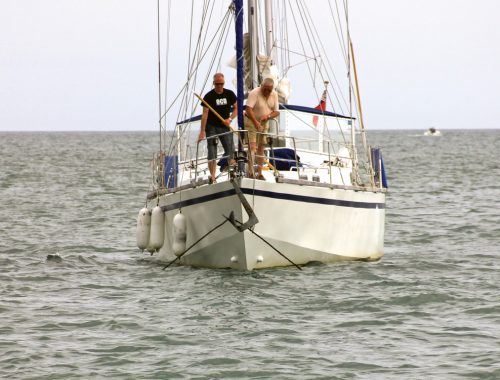
Fouled anchor in the bay: How to solve the problem
07/11/2023